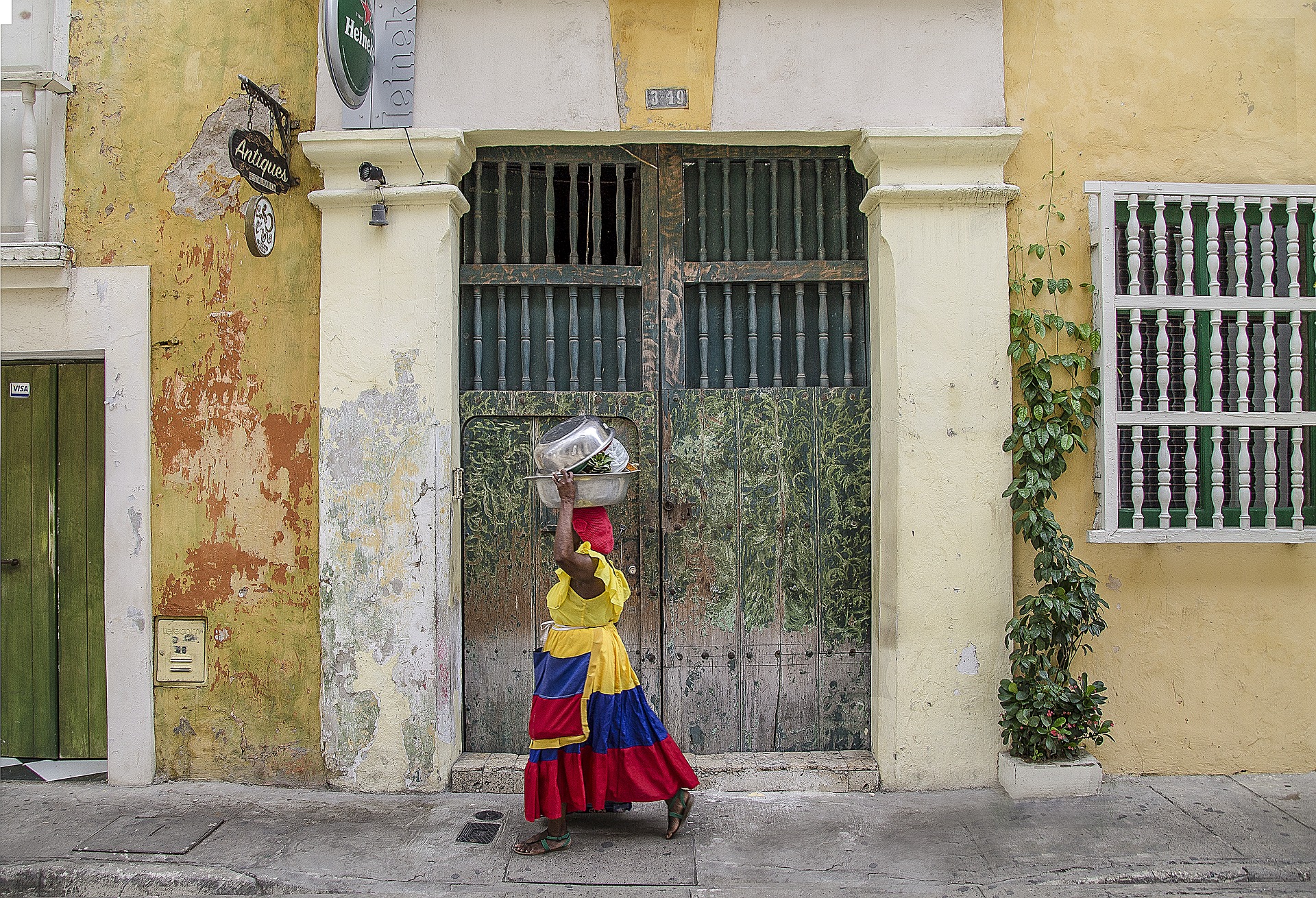
The end of the armed conflict is the opportunity to re-route the complementary agendas of decentralisation and citizen participation so as to contribute to building a stable and lasting peace.
On 24 August, after nearly four years of negotiations, delegates of the government of Colombia and the Revolutionary Armed Forces of Colombia (FARC-EP) publicly presented the text of the Final Agreement for the Termination of the Conflict and the Construction of a Stable and Durable Peace, 297 pages in length, that brings to a close the armed confrontation between the government and the guerrillas, the oldest and largest in both the country and the Western hemisphere. We knew from previously published drafts that the agreement not only includes directions and plans, with more or less detail, for disarmament, demobilisation and reintegration of former combatants, but also proposes a number of substantive guidelines (policies, plans and proposals for deep institutional changes) for the transformation of a context that has favoured the armed conflict. That context is defined as follows:
- The significant development gap between the countryside and the cities: according to the report of the Mission for the Transformation of the Rural Areas, people living in rural communities are 2.5 times poorer than those living in urban areas.
- The noxious link between politics and weapons: according to the Historical Commission of the Conflict and its Victims, more than 1.700 political leaders have been killed in the armed conflict.
- The many faces of the illicit drugs phenomenon: according to figures from the national government, about 64.500 families earn their living growing coca in Colombia, as a result of the critical situation of poverty and weak governance in the rural areas.
- The need to offer real reparations to the victims of the conflict: the Victims’ Register reported a total of 8.190.451 victims in the country.
As part of an elected strategy to address these issues, the national government has been developing the concept of paz territorial (peace in the territories). With this, the intended message is that the reforms and policies proposed in the peace agreement must come alongside a renewed decentralisation effort and a general call for the direct participation of citizens in the governance of the public sphere. However, the issues at the heart of the paz territorial, decentralisation and citizen participation, are long-standing, and pose substantial challenges.
Read the article here.
This article was originally published on www.opendemocracy.net, licensed under CC BY-NC 4.0





